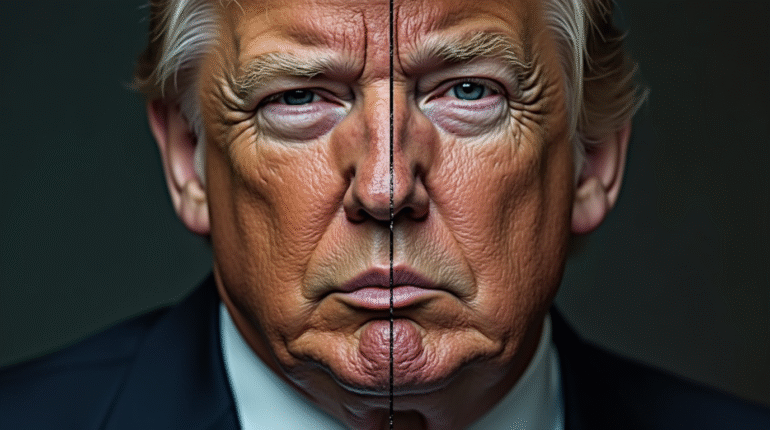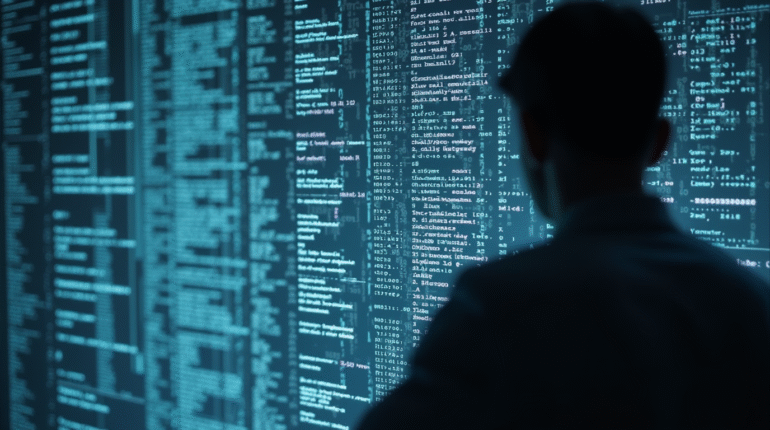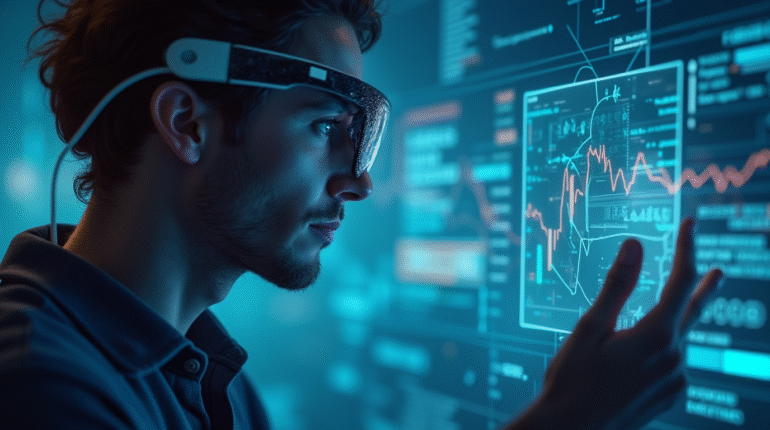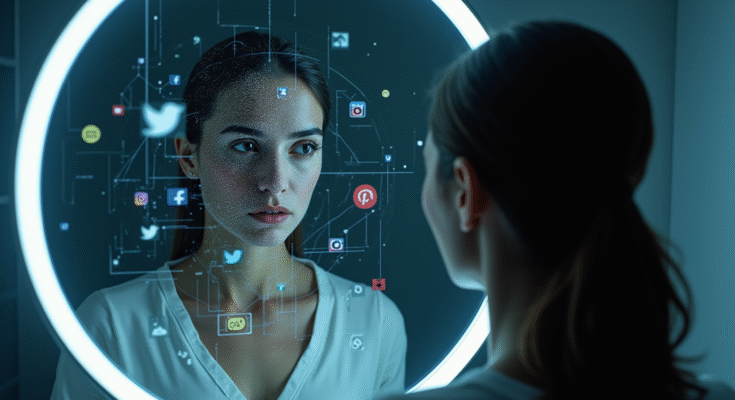Synthetic Realities: A Growing Trend
The internet is no longer a space run by humans alone. With hyper-realistic deepfakes and even AI-generated influencers, we’re moving into an age when much content, synthetic content, is so close to real that it seems real. The availability of powerful AI tools now quite noticeably, from deep-learned video editors to image makers (for example DALL·E) and text-based models like ChatGPT, to create completely fabricated but entirely plausible-seeming content has never before been so easily possible.
The question of truth versus fiction becomes perhaps the most important: how do we know what we’re seeing online? The line between authenticity and artificiality is getting alarmingly thin in an increasingly AI-created-persona-and-video-filled world.
Deepfakes: When Seeing Is No Longer Believing
Deepfakes use AI to manipulate images and videos, swapping one person’s face or voice with that of another. Though initially created for entertainment and satire, the deepfakes have since found their way into political disinformation, revenge pornography, and even financial fraud.

In 2024, a video of a leader going to war, which later turned out to be fake, went viral before it could be debunked, and created panic. Experts warn that deepfake tech is moving faster than ways to spot it right now— risks on the table: democracy, public trust, even your good name.
Virtual Influencers: Real Fame, Fake People
Influencers such as Lil Miquela – a digital model with millions of followers – and Noonoouri͏, an AI fashion icon, are reshaping influencer culture. These avatars are not real people. They work with luxury brands, share opinions, and build parasocial relationships with followers.
What is concerning is that fans don’t realize these influencers aren’t human, or forget that their lives are scripted and manipulated. It raises ethical questions: Who is behind these avatars? What values do they promote? Can trust exist when authenticity is entirely manufactured?
AI-Generated Content and News: Truth in a Post-Truth Era
Artificial intelligence already serves to write news articles, fabricate photos, make voices for speech synthesis, and more. All these tools are of use (e.g., in creating accessible media or automating translation) but raise concerns about mass misinformation.

For instance, Omega, blogs, and websites provide news generated by AI without going through human editing, hence, misleading information and errors. Viral images of imaginary events like non-existent explosions or fake scandals involving celebrities can race to the ends of their networks before fact-checkers get a chance to reel them in.
All of this floods the audience with synthetic content and makes it that much harder for
The Psychological Toll of Uncertainty
When nothing online can be trusted, users experience a type of “digital fatigue” or cognitive overload. The constant questioning of what is real can lead to skepticism, paranoia, or apathy—all of which erode civic trust and social cohesion.
Younger generations, who grow up surrounded by digital manipulation, may become numb to deception or overly reliant on AI cues to define their reality. Over time, this affects our relationship with truth, our media literacy, and even our personal relationships.
Fighting Back: Detection, Regulation, and Digital Literacy
In response, researchers are developing AI-detection algorithms to flag deepfakes and synthetic content. Social media platforms are introducing content authenticity labels, while governments debate regulations around AI transparency and accountability.

But the most important defense may be digital literacy. People need to learn how to critically evaluate online content, question sources, and understand how AI works. Education, transparency, and ethical AI development are crucial if we hope to restore trust online.
Can Authenticity Survive in the AI Age?
The question isn’t just whether we can trust what we see—it’s also whether authenticity has value in a world that rewards manipulation. While AI can enhance creativity and accessibility, it also challenges our core sense of reality.
To move forward, society must redefine authenticity in the digital age. That might mean greater transparency from creators, clearer labeling of synthetic content, and a cultural shift toward valuing truth over virality.

Navigating a Synthetic World
As AI continues to shape the digital landscape, we must ask not only how to identify real from fake, but also how to preserve human values in artificial spaces. In a world saturated with believable lies, authenticity becomes a revolutionary act. Whether through stronger regulations, ethical AI design, or personal vigilance, the battle for truth has never been more important—or more urgent.



